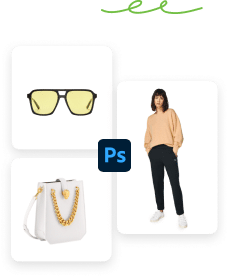We have heard that the camera settings are subjective. In photography, there is no fixed settings that is suitable for every photographer, and you may experience lots of new terms like ISO, shutter speed, and aperture.
So, when dealing with creative portrait photography for your friends, family, or clients, it’s essential to become an expert in aperture settings by knowing what aperture is best for portraits.
Do you want to become a pro-level portrait photographer? Then you need to understand different effects with the best aperture settings for portraits.
Let’s go back to the basics and a solid understanding of the best f-stops for portraits without any delay.
What you’ll learn in this article
What is Aperture in Photography?
In photographic terms, aperture defines the size of the opening of the camera lens through which light passes. And it is measured in f-numbers/f-stops. Lower f-stops give more exposure, which means larger openings (allow more lights into the lenses).
Aperture plays a vital role in the “Exposure Triangle” after shutter speed and ISO. Also, it handles other photography aspects like the Depth of Field (the distance of focus point, in short DOF) and sharpness.
In short, camera aperture settings for portraits are the lens adjustment that affects two critical components, such as light and focus, when taking a photo.
Why is Aperture Important in Portrait Photography?
Already, we understand the importance of aperture settings that helps a photographer to get the best quality images. The aperture controls the amount of light entering the lens. That means you can control the brightness and the DOF.
However, if you don’t identify what is a good aperture for your portraits, you may end up with too-dark or too-light images.
The right and suitable one has the power to catch the viewer’s attention on your subject and regulates accurate DOF to highlight the right amount of background.
For this reason, in landscape photography, the photographers use a small aperture to focus on the foreground, middle ground, and background.
On the other hand, a large aperture works excellent for portrait photography because it creates a Shallow depth of field that focuses on the subject and removes all distractions by blurring the background.
Aperture Affects Depth of Field
Factors | Lower f-number/ Larger Aperture | Higher f-number/ Small aperture |
Depth of Field | Less DOF along with the blurrier background | Greater DOF along with sharper background |
Focus | More focus on the subject (enough amount of light passes through the lens) | Less in focus (Less light will come) |
Aperture Affects Shutter Speed
Factors | Lower f-number/ Larger Aperture | Higher f-number/ Small Aperture |
Faster/Slower | There is no need to stay open to make a correct exposure because it translates to a faster shutter speed. | There is a need to stay open because it translates to a slower shutter speed. |
How to Use Aperture Priority in Portrait Photography?
As a photographer, you need to become an expert in using the exposure triangle (aperture, shutter speed, and ISO. However, you have heard that most cameras offer different shooting modes to regulate and adjust these factors. Aperture priority or manual for portraits mode is one of them.
In the photography era, modern lenses come with an aperture ring on the lens barrel so that you can easily adjust or access them while shooting. You can experience the same camera controls in auto mode, but you may not get the exact outcome as like priority.
On the other hand, you get the freedom to use ISO and shutter speed settings based on the aperture value. Also, you get complete control over your portrait images by applying proper aperture priority settings.
To use aperture priority mode –
Normally, the aperture priority mode is defined by “A or Av.”
- Switch the mode selector to turn on the aperture mode. (mode selector is the round dial of the camera’s body on the top right or left).
- Change the aperture from the smallest number(i.e., f/1.8) to the larger(i.e., f/22) using the camera’s adjustment dial.
Note: the range of f-numbers depends on your camera & lens combinations.
- If you want to take a portrait, it is ideal to stay in a wide-open range to f/8.
Are you still confused or face difficulties with aperture priority mode settings on your camera? Check some best cameras brands manuals for portrait photography that are mentioned below:
- Canon: The aperture value is “Av.”
- Nikon & Sony: The aperture value is “A.”
- Fujifilm: The aperture value is “AE.”
The terms f-stops and DOF may be confusing for beginner-level photographers. They are not complicated if you identify which aperture is good for portraits.
Now, are you ready to take your photos to the pro level? Let’s dive into the next section to find out the best aperture for different portrait photography.
Also Read: 35mm vs 50mm vs 85mm: Which Lens is Best for Portraits?
Best Aperture for Portrait Photography: An Quick Run Down
In portrait photography, the main objective is to concentrate on the subject. For this reason, the background is rarely seen. But there is a conflict about which aperture settings should be used for portraits.
You’ve probably heard that a perfect shoot depends on professional portrait camera settings, lens quality factors, and, most importantly, photographers’ preferences. But these aren’t the only elements to consider. Let’s look closely at what f-stops are most appropriate for shooting different scenarios.
The Best Aperture for Family Portraits: f/4
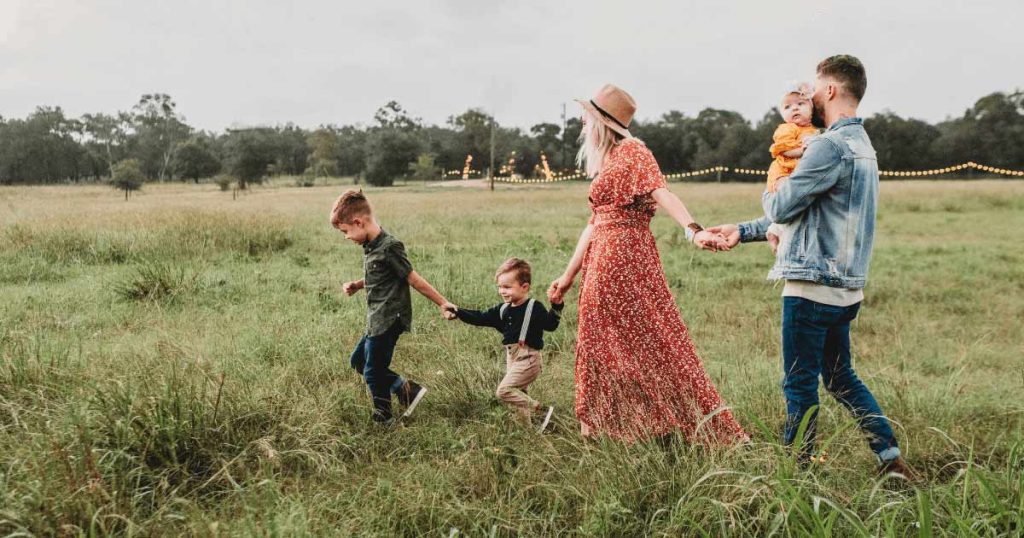
If you open your aperture too wide, the depth of field is reduced, and you have to focus more. For this reason, we recommend starting f/4 aperture strikes for outstanding family portraits. With these f-stops, you can quickly sharpen your subjects and blur the background.
For this reason, the f-stop is considered the best aperture for family portraits. Do you want to add more blur backgrounds to capture a large family portrait? Use a wide aperture (stop down to f/5.6 or f/8).
That means the options or f-numbers mainly depend on your subjects and the look you want to give.
The Best Aperture for Indoor Portraits: f/2.4 or f/4
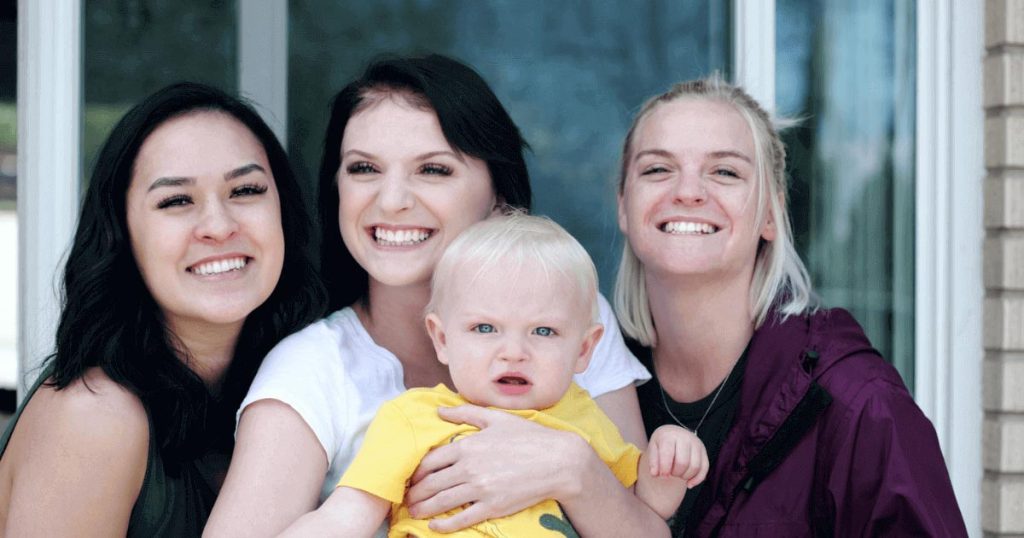
We know that the smaller f-numbers give enough brightness. For this reason, the best aperture for indoor portraits, we recommend going with a lens between 50mm or 85mm.
However, the most challenging thing in indoor photoshoots is that lighting is not ideal and usually low, where a wide aperture (f/2.4 or f/4) increases your chance of getting enough light and shallow depth of field.
If you are shooting multiple indoor people portraits, using a wider aperture gives you blurry focus at the same time. In that scene, use higher f-numbers (decrease aperture) by adjusting other exposure values, increasing light, etc.
The Best Aperture for Outdoor Portraits: f/2.8 – f/8
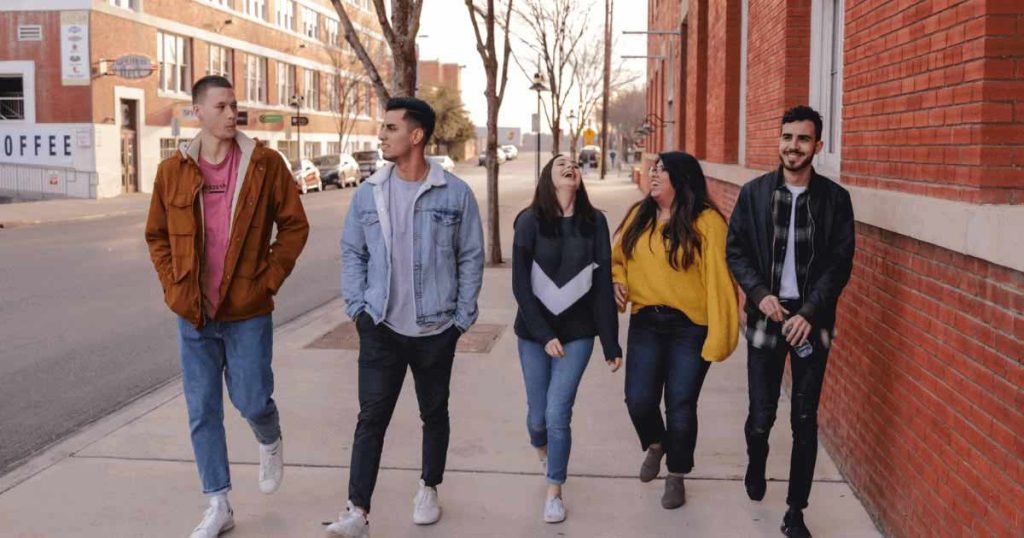
In outdoor portraits, use a fast lens with a wide aperture. By choosing f/2.8 aperture, you’ll get a bokeh/more blurred background. But bear in mind that when you shoot on a sunny day, set your aperture to f/16, and your ISO and shutter speed at the inverse of one another.
But the limit of the aperture depends on your camera lens capacity because many cameras
will struggle to match with fast shutter speed. It is pretty good to slow down f/5.6 to get the proper exposure.
Do you want to highlight your subject by avoiding messy composition? Use a small aperture to focus ideally.
However, you can use f/8 to bring more background scenarios to showcase the background that suits your subject.
Note: When shooting one subject, choose between f/2 and f/4 aperture for outside portraits.
But for group portraits, choose the f/5.6-f/8 aperture.
The Best Aperture for Individual Portraits: f/4 to lower
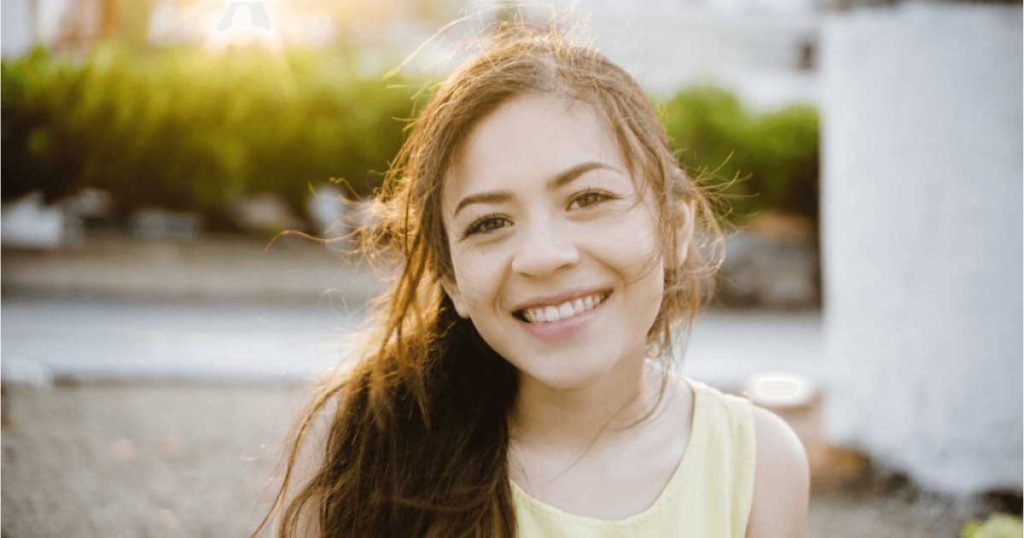
When shooting individual portraits, make sure your subject is placed between 3 – 6 feet and shot at a larger aperture (lower f-stops). In this photography, the primary consideration point is DOF. We know that the wider aperture produces more blurred background.
However, shooting at 1.2 can focus on a person’s personality, moods, and details.
The Best Aperture for Couple’s Portraits: ≤ f/5.6

We recommend using f/5.6 or a larger aperture for a couple of portraits while using prime lenses. Some photographers prefer to shoot everything wide open, while others think that f/5.6 or f/8 will be ideal for focusing on everyone in the photo.
But you need to pay attention to every position and pose to reduce the distance from the camera.
If you choose f/5.6, you can shoot everyone close to the same plane and get a sharp image.
The Best Aperture for Small Group Portraits: f/4
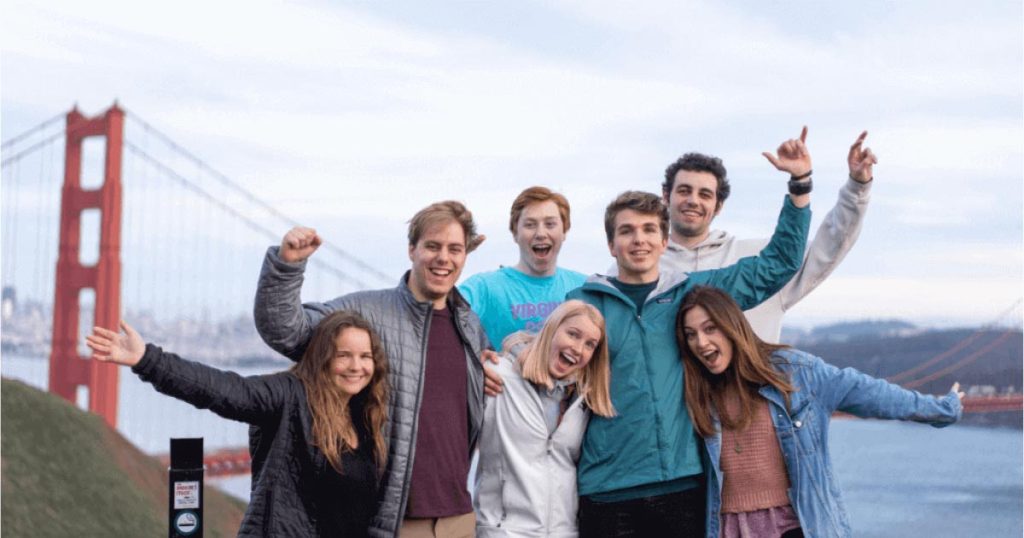
When selecting the right aperture for small groups, pay attention to the details for the best shots. By applying f/4 (small aperture), you get a large depth of field for focusing on the subject.
The ratio produces the perfect balance between blurring the background and sharp subjects. That means it is a wise decision to avoid wider options than f/4.
Some photographers prefer to shoot at f/8. But it depends on your goal and what you want to highlight in your portraits.
The Best Aperture for Large Group Portraits: ± f/8

The smaller aperture is the best choice for the larger group because it allows less light into the lens. For this reason, you need to use higher ISO values or slower shutter speed to keep the background sharper.
However, some photographers use a wider aperture to get everyone positioned in alignment. When you capture a large group of portraits, depth of field isn’t a minor issue compared to single-person portraits.
The Best Aperture for Close-up Portraits: f/8

Capturing the extreme close-up portraits with macro lenses or close-up filters may be tricky because the DOF is incredibly thin. So, it is best to use a small aperture to keep the entire body in focus for portraits.
But some use lower f-stop(f/2.0 or f/2.2) to ensure the model’s eyes sharp view but here, you may not identify others details. That means close-up portrait photography won’t follow any rules.
The Best Aperture for Full Body Portraits

A wide aperture suits perfectly on full-body photography because it reduces distractions from the background and focuses the subject. If you don’t want to blur the background completely, you may choose f/4.
However, shooting full-body portraits is the most exciting thing because you have to maintain the distance between your subject and you compared to headshots or half-body photos.
Whenever you want to highlight small details of your subjects but still want a blurry background, you may try f/4 – f/5.6. But you can also try f/8 – f/11 to bring the subject’s background and foreground.
FAQ:
How does aperture affect portraits?
Portrait photography aims to capture an object’s essence, personality, and mood by utilizing lightning and backgrounds. And an aperture is a must for changing the brightness and exposure of your images.
I only have a kit lens. Can I use it for portraits?
Absolutely. But before capturing one, check the focal length limit of your kits because it gives flexibility on DOF (depth of field).
My camera has a Portrait mode. Should I use that for portrait photography?
Yes. You can use portrait mode for portrait photography to simulate a shallow depth-of-field effect (subject’s sharp focus).
What is the best shutter speed for portraits?
1/200th of a second handheld or 1/5th of a second on a tripod is the best shutter speed for portraits because you can capture the moment without any blur.
Is 1.8 aperture good for portraits?
It is the best option to set a large aperture (around f/1.4-f/5.6) for making the background blurred behind your subject when shooting portraits. That means a 1.8 aperture may be the best pick.
Final Verdict
Hopefully, by following this article, you get excellent and proper guidelines about aperture in different portraits photography and how you can use portrait mode. But the best aperture for portraits depends on your subjects, your preferred environment, and what you want to highlight.
The choice is entirely yours; as long as you like the final view in your camera, you capture them. The more you practice, the more you experience the ideal f-stop for different photography. Using aperture creatively can give you incredible results.

